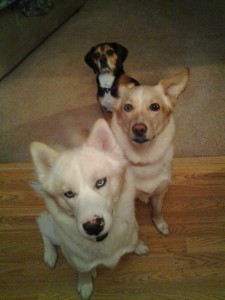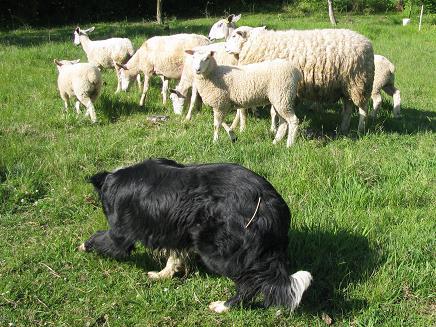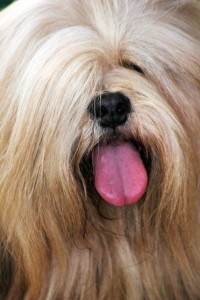 Warmer weather has graced us with its presence finally, and although we may not be completely done with the cold, the changing weather can be a pain when it comes time for your fur baby to shed that thicker coat. If your house looks like it is wearing a fur coat itself, then please let me share some shedding tricks and knowledge I have learned over the years.
Warmer weather has graced us with its presence finally, and although we may not be completely done with the cold, the changing weather can be a pain when it comes time for your fur baby to shed that thicker coat. If your house looks like it is wearing a fur coat itself, then please let me share some shedding tricks and knowledge I have learned over the years.
It can be confusing and frustrating when we don’t understand the process of our pets shedding. The reason for your pet’s loss of hair could be caused by many different situations, but is usually due to the change of weather from cold to hot. Shedding is your pet’s way of getting rid of old or damaged hair. Stress, poor nutrition, allergies, fleas or another medical reason could also be a cause. If your fur baby has excessive shedding in spots or you are worried about why they are shedding, please contact your vet as soon as possible; abnormal loss of hair can be a sign of sickness.
There are several different types of hair depending on the individual animal and breed. We will focus on short coats and long coats as well as the nasty undercoat and the hairless breeds.
Undercoat: Under hairs, also known as secondary hairs, form the undercoat. These hairs are soft, short and thin, giving the coat its softness and also providing insulation. The heavier the undercoat, the more shedding you will have to deal with.
Short coats: Hair that is under two inches in length or shorter is considered to be a short coat. The hair will lie close to the dog’s body and usually will have more top coat and less undercoat. Many short-haired single-coat breeds shed so little that the are referred to as non-shedding breeds, because the shedding is so minimal it often goes un-noticed. Little brushing is required for these breeds, and they make wonderful pets for those wishing to not pull out a brush everyday.
Long Coats: Pets with long coats will have hair that is two inches or longer. Many long-haired breeds have a thick undercoat that gets thicker in winter and will fall out when warm weather hits. They will require grooming everyday to help minimize the shedding.
Hairless: Breeds that are hairless will have very little to no hair at all. Some breeds will have distinct patches of hair on their heads only. Great care is needed in making sure the skin is protected from the sun and it will need to be moisturized as well. Hairless breeds make the perfect addition to families with pet hair allergies.
We all know that shedding season is not much fun, but there are steps you can take to help reduce excess hair. Proper nutrition is the first step in making sure your fur baby has the best coat possible. Feeding a grain-free diet that has added nutrients like omega 6 and 3 is something that I always recommend. Daily brushing with grooming tools that are designed to pull out unwanted dead hair is a must! In my opinion the best de-shedding brush on the market is a Furminator. They come in different sizes, and are made for different coat lengths to better fulfill what your individual needs are. Using the correct shampoo and conditioner can help minimize shedding as well. Certain formulas are designed to help control hair loss by adding ingredients to heal and protect the hair resulting in a healthier coat and less shedding. Here’s to hoping we all have a little less dog hair in our lives this year!
We love our pets, they deserve the best!
Audies Angels
Audrey Lohrey- Owner


